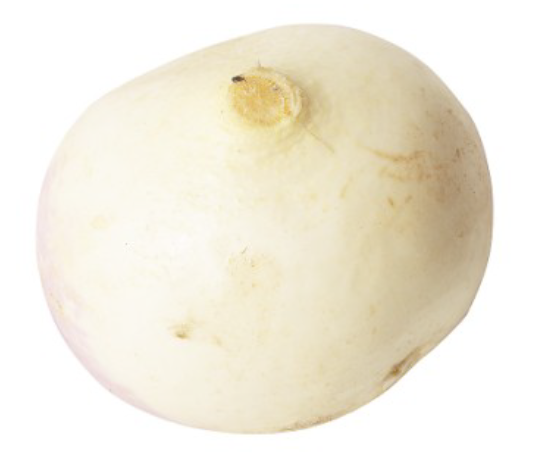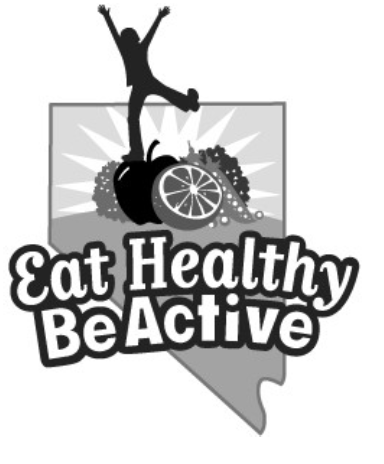Introduction
Jicama is a good source of vitamin C, and also contains some potassium, iron and calcium. One cup of jicama has only 50 calories. Shaped like a flattened turnip, it has a thin, brown skin and crisp, white flesh much like an apple.
Jicama has a crunchy texture and sweet, bland flavor that makes it an excellent addition to anything from fruit cups to stir-fry dishes.
Keep vegetable sticks like jicama, carrots, celery and peppers in the refrigerator for snacks.


Jicama And Orange Salad
Place torn lettuce in a large bowl. Peel and section an orange. Cut orange sections in quarters. Peel raw jicama and cut small strips like match sticks. Toss orange and jicama pieces with the lettuce. Serve with ranch dressing or vinegar and oil.
Jicama In The Raw
Peel raw jicama. Cut into 1/4- inch slices (or sticks). Place in ice water for crisping. Drain and serve raw slices or sticks sprinkled with lime juice and chili powder, with salsa or salad dressing, or in salads.
Did You Know?
- The growing popularity of Mexican food has made jicama a favorite in the United States.
- You can peel a jicama and eat it just like an apple, but no seeds.
- Jicama is often called the Mexican potato. You can even bake it like a potato.
Wilson, M.
2011,
Jicama,
Extension | University of Nevada, Reno, FS-11-22


